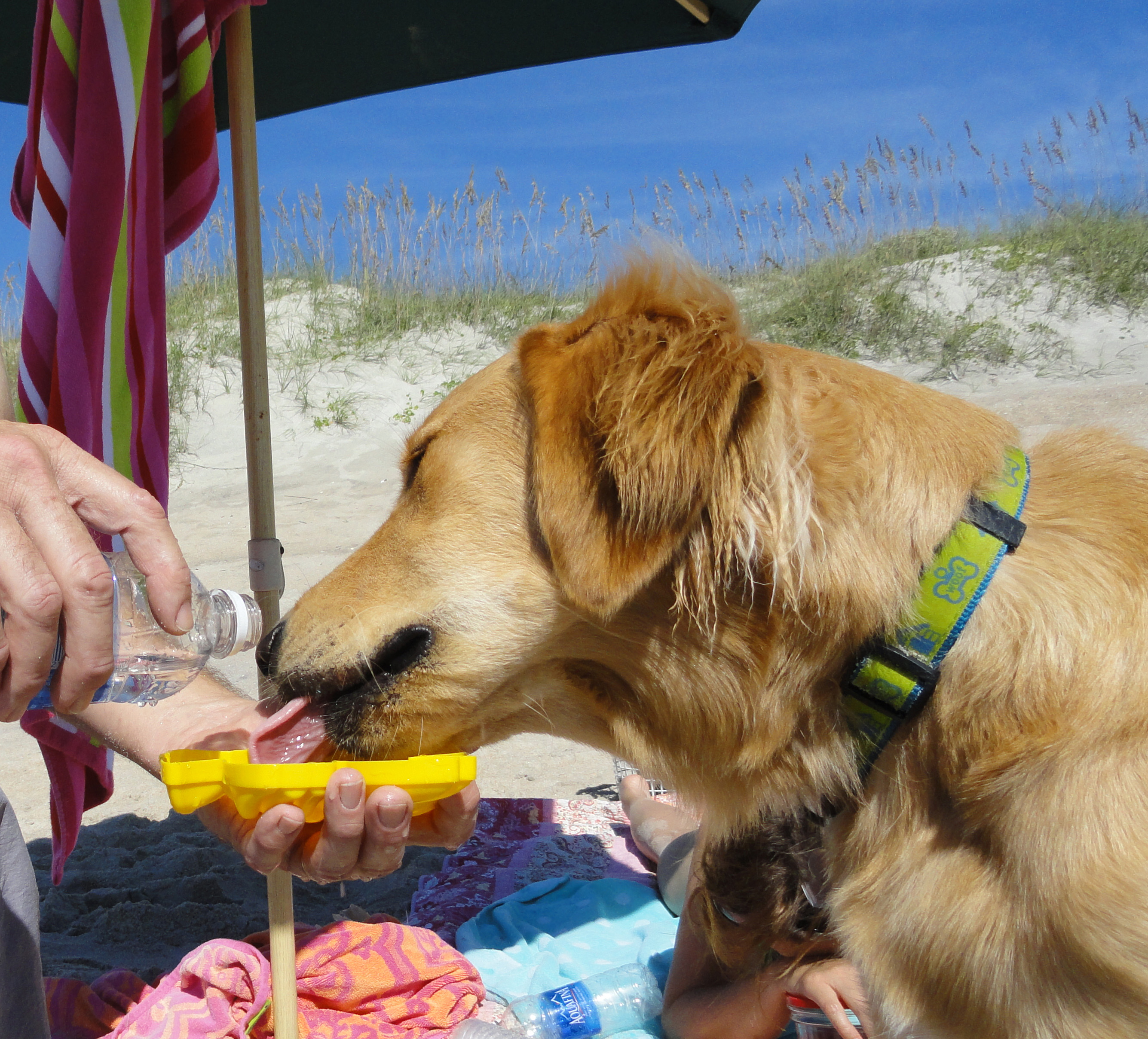Dogs HATE Hot Cars: Summer Heat and your pets
Let’s not beat around the bush. Dogs hate hot cars! NEVER leave your dogs or pets in a hot car or truck. Temperatures inside a vehicle can get dangerously hot in a short period of time. On a hot day temperatures can reach 120 degrees. Once the temperatures rise too high a dog or pet trapped in a hot car can suffer brain damage or even die from heatstroke or suffocation in a matter of minutes.
Leaving a car running with the AC on is risky also. If the AC stops working or the car shuts off your pet could be in danger in minutes. Leaving your car running is just inviting someone to steal it.
From the Humane Society web site:
The Greenhouse Effect
It doesn’t have to be that warm outside for a car to become dangerously hot inside. Here are some facts:
** When it’s 72 degrees Fahrenheit outside, the temperature inside your car can heat up to 116 degrees Fahrenheit within an hour.
** When it’s 80 degrees Fahrenheit outside, the temperature inside your car can heat up to 99 degrees Fahrenheit within 10 minutes.
**Rolling down the windows has been shown to have little effect on the temperature inside a car.
Heat stress is not the only danger your pet faces when left alone in a car. Many pets are stolen each year
from unattended cars. Many pets prefer to stay home, but if you must take your pet with you in your car, do so safely: Cats should ride in pet carriers, and dogs should ride in travel crates or wear a safety harness. When a pet travels, he should wear two ID tags—one with a home address and one with a destination address.
How to help a pet left in a hot car
- Take down the car’s make, model and license-plate number.
- If there are businesses nearby, notify their managers or security guards and ask them to make an announcement to find the car’s owner.
- If the owner can’t be found, call the non-emergency number of the local police or animal control and wait by the car for them to arrive.
HEATSTROKE : What to look for and What to do
Watch for signs of heatstroke
Extreme temperatures can cause heatstroke. Some signs of heatstroke are heavy panting, glazed eyes, a rapid heartbeat, difficulty breathing, excessive thirst, lethargy, fever, dizziness, lack of coordination, profuse salivation, vomiting, a deep red or purple tongue, seizure, and unconsciousness.
Animals are at particular risk for heat stroke if they are very old, very young, overweight, not conditioned to prolonged exercise, or have heart or respiratory disease. Some breeds of dogs—like boxers, pugs, shih tzus, and other dogs and cats with short muzzles—will have a much harder time breathing in extreme heat.
How to treat a pet suffering from heatstroke
Move your pet into the shade or an air-conditioned area. Apply ice packs or cold towels to her head, neck, and chest or run cool (not cold) water over her. Let her drink small amounts of cool water or lick ice cubes. Take her directly to a veterinarian.

http://www.humanesociety.org/animals/resources/tips/pets_safe_heat_wave.html
What to do if you see a pet in a parked car Humane Society website:
http://www.humanesociety.org/animals/resources/tips/help-dog-in-hot-car.html?credit=web_id353383049

